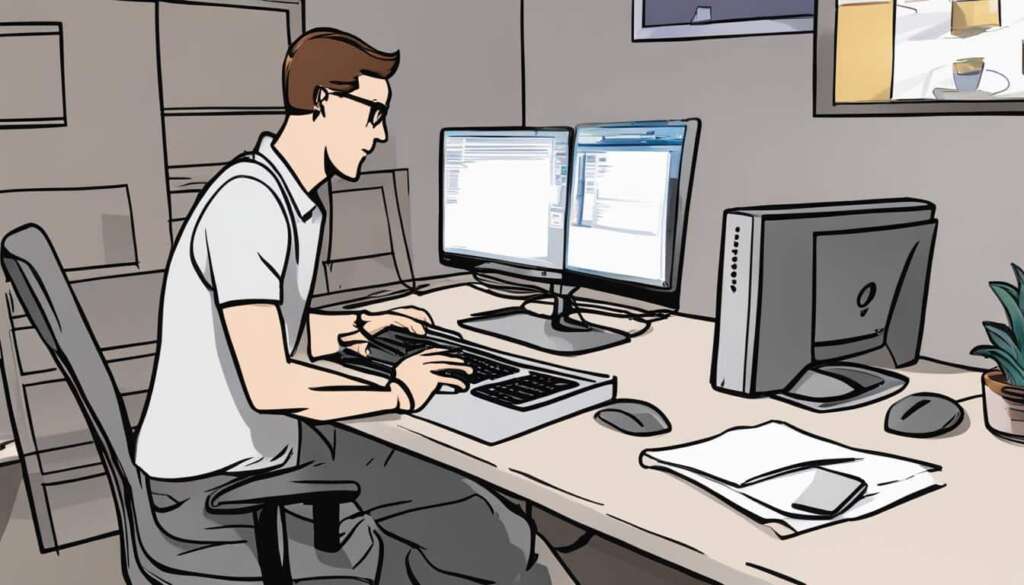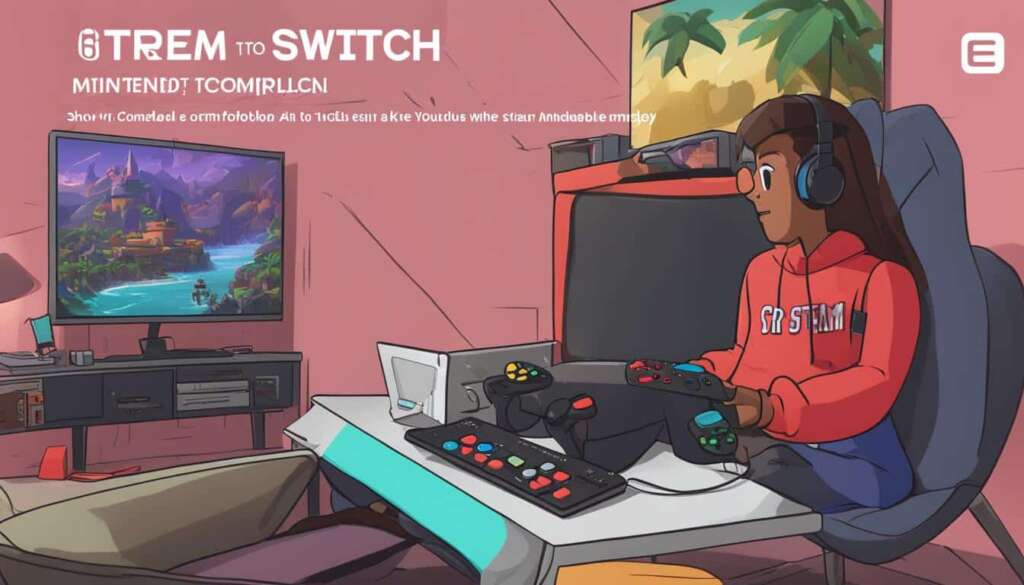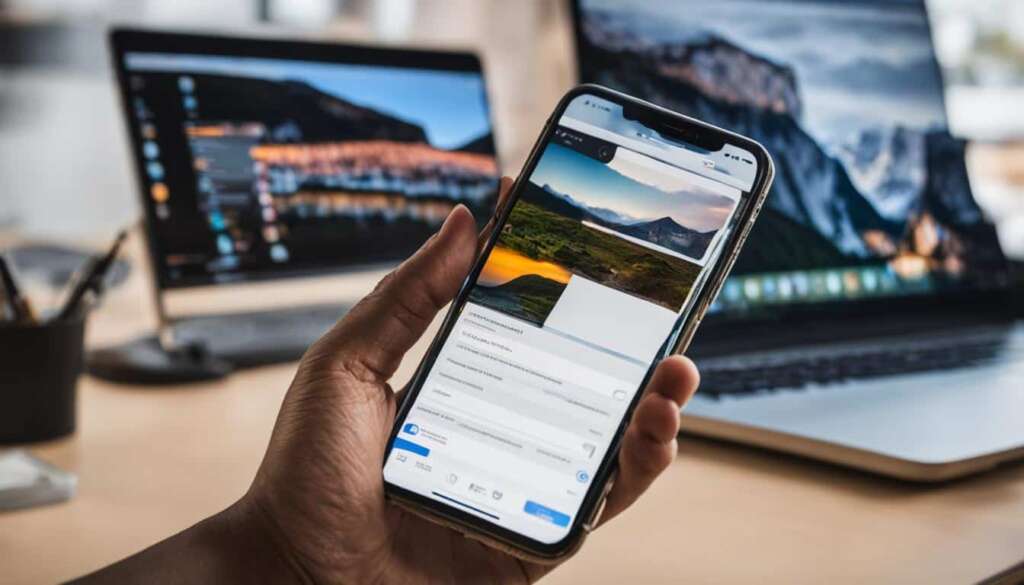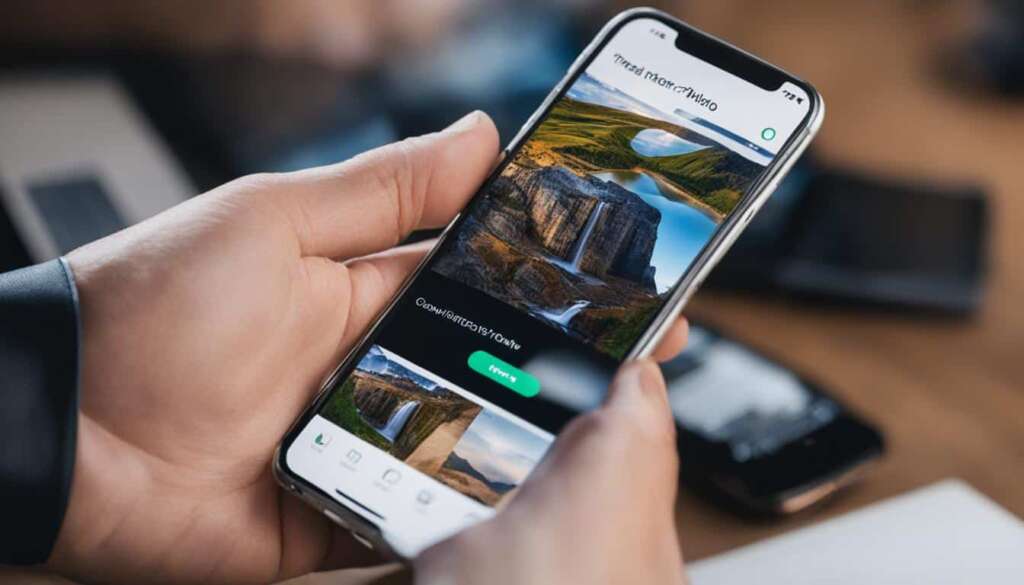Table of Contents
Setting up a dual monitor setup for your PC can greatly enhance your productivity by providing you with extra screen real estate. Whether you’re a live streamer needing a dedicated screen for managing your stream, or a multitasker who needs to have multiple windows and applications open at once, Windows makes it easy to connect and configure a second monitor to your PC. In this guide, we’ll walk you through the step-by-step process of connecting a second monitor to your PC and maximizing your workflow.
Dual monitor setups, also known as multiple monitor setups, allow you to extend your desktop across two or more monitors, enabling you to work on multiple tasks simultaneously. Whether you want to compare documents side by side, have a dedicated monitor for video playback, or simply expand your workspace, setting up dual monitors is a straightforward process.
Before diving into the process of connecting your second monitor, it’s crucial to ensure that your PC has the proper connections. Most modern PCs come with HDMI and DisplayPort outputs, which are used to connect external displays. However, it’s important to distinguish between the outputs provided by a dedicated graphics processing unit (GPU) and those on the motherboard.
If your PC has a dedicated GPU, you should have multiple HDMI or DisplayPort outputs available. It’s recommended to use the outputs from the GPU instead of the motherboard’s outputs. PCs without a dedicated GPU will have monitor connections on the motherboard, typically in the form of VGA, DVI, HDMI, or DisplayPort ports.
Once you’ve confirmed that your PC has the necessary connections, it’s time to physically connect the monitors. Using a standard HDMI or DisplayPort cable, connect the first monitor’s input to the PC’s output. Windows will automatically detect the display, with the first connected display becoming the main one.
Repeat this process for the second monitor, connecting it to the appropriate output connection from your PC. If there’s no matching connection, you may need to use a DisplayPort to HDMI adapter cable. To ensure that everything is set up correctly, make sure that both monitors are properly connected and powered on.
In the following sections, we’ll delve into more detail on each step of the process, providing you with a comprehensive guide to setting up and configuring a dual monitor setup on your PC. Whether you’re a seasoned user or completely new to the world of multiple monitors, this guide will equip you with the knowledge and confidence to create a more efficient and immersive computing experience.
Ensure Your PC Has the Proper Connections
The first step in setting up a dual monitor setup is to ensure that your PC has the necessary connections. If your PC has a dedicated graphics processing unit (GPU), you should have multiple HDMI or DisplayPort outputs available. It’s important to use the outputs from the GPU instead of the motherboard’s outputs. PCs without a dedicated GPU will have monitor connections on the motherboard. Check if your PC has at least two available connections for external displays, either HDMI or a combination of HDMI and DisplayPort.
| Connection Type | Available Ports |
|---|---|
| HDMI Output | 2 or more |
| DisplayPort Output | 2 or more |
| Motherboard Connections | Varies (if no dedicated GPU) |
When setting up a dual monitor configuration, it’s crucial to have the appropriate connections on your PC. If your PC lacks the required connections, you may need to consider using adapters or upgrading your graphics card to support multiple monitors.
Connect the Monitors to Your Computer
Once you’ve confirmed that your PC has the necessary connections, you can proceed to physically connect the monitors to your computer. To do this, you will need an HDMI cable or a DisplayPort cable, depending on the available ports on your PC and the monitors.
Start by using a standard HDMI cable to connect the first monitor’s input to the PC’s output. The HDMI cable is widely used and can provide high-quality audio and video signals. Once connected, Windows will automatically detect the display, with the first connected monitor becoming the main one.
If you are setting up a second monitor, repeat the process by using the appropriate output connection from your PC to the input of the second monitor. Depending on the available ports on your PC and the second monitor, you may need to use a DisplayPort cable instead of an HDMI cable. DisplayPort cables are known for their high bandwidth and capability to handle higher resolutions and refresh rates.
In case you encounter a situation where there is no matching connection between your PC and the second monitor, you may need to use a DisplayPort to HDMI adapter cable. This adapter allows you to connect a DisplayPort output to an HDMI input, ensuring compatibility between devices with different port types.
Once both monitors are properly connected, make sure to power them on. You can then proceed to configure the display settings in Windows to customize how the screens are arranged and to extend your desktop across multiple monitors, maximizing your productivity and workflow.
FAQ
How do I connect a second monitor to my PC?
To connect a second monitor to your PC, ensure that your PC has the necessary connections, such as multiple HDMI or DisplayPort outputs. Use a standard HDMI cable to physically connect the first monitor to your PC’s output, then repeat the process for the second monitor. Make sure both monitors are properly connected and powered on.
Should I use the outputs from the GPU or the motherboard’s outputs?
If your PC has a dedicated graphics processing unit (GPU), it’s important to use the outputs from the GPU instead of the motherboard’s outputs. PCs without a dedicated GPU will have monitor connections on the motherboard.
What if my PC only has one available connection for external displays?
If your PC only has one available connection for external displays, you may need to use a DisplayPort to HDMI adapter cable to connect the second monitor. Make sure to check the available connections on your PC and choose the appropriate adapter.
Can I make the second monitor my main display?
Windows will automatically detect the display, with the first connected display becoming the main one. However, you can manually change the main display in the Display settings of your PC. Simply go to the Display settings, select the second monitor, and choose the “Make this my main display” option.
Can I use different types of monitors for a dual monitor setup?
Yes, you can use different types of monitors for a dual monitor setup. As long as your PC has the necessary connections and you have the appropriate cables or adapters for each monitor, you can connect different monitors, such as one with HDMI input and another with DisplayPort input.







